Photographs: Rupak De Chowdhuri/Reuters
When the project was envisaged, private telecom service providers did not cooperate, and were reluctant to part with any information about their network. So BSNL was asked to provide the existing available fibre network., says TRAI chairman, Nripendra Misra.
When the project was envisaged, private telecom service providers did not cooperate, and were reluctant to part with any information about their network. So BSNL was asked to provide the existing available fibre network.
The National Optical Fibre Network project, or NOFN, which started in October of 2011 and was supposed to be completed by December 2013, aims to connect 250,000 villages — or gram panchayats — with an optical network capable of delivering broadband services.
...
What went wrong with India's ambitious broadband project
Photographs: Reuters
The approximate cost: Rs 20,000 crore (Rs 200 billion). The project was blessed by the Cabinet, and assigned to a high-level committee to implement, with members that included Sam Pitroda and Nandan Nilekani.
Yet the implementation of the project has been beset with familiar issues — a lack of coordination, the absence of e-governance content, and a cumbersome procurement procedure that doesn’t match the inventory of existing assets — and is further complicated by the crippling provisions of Prevention of Corruption Act.
When the project was envisaged, private telecom service providers did not cooperate with it and were reluctant to part with any information regarding their network of optical fibre at the district, block and panchayat level.
...
What went wrong with India's ambitious broadband project
Image: An electrician speaks on his mobile phone in Mumbai.Photographs: Sima Dubey/Reuters
So the public-sector Bharat Sanchar Nigam Limited was asked to provide the existing available fibre network, appropriately planned and mapped, to project the incremental task of connectivity up to panchayat level.
This was unavoidable, as any duplication of the fibre network would have resulted in wasteful expenditure.
The government created a special purpose vehicle, Bharat Broadband Network Ltd, in 2012 to oversee the implementation of the project.
The organisational network was weak from the very beginning, with dual responsibility at the top level — shared between the Universal Service Obligation Fund and BBNL.
The implementation of the project was entrusted to three agencies: BSNL, Railtel and the Power Grid Corporation. As part of a trial exercise, the three were entrusted with a pilot project in one block each in the states of Rajasthan, Tripura and Andhra Pradesh.
...
What went wrong with India's ambitious broadband project
Image: A schoolboy uses his cell phone to take a picture of classmates hanging onto cement roots at Nek Chand's Rock Garden in Chandigarh.Photographs: Andrew Caballero/Reuters
The pilot projects, once completed, highlighted the problems inherent in the project structure. Firstly, there was a mismatch between the information given by BSNL about the fibre on the ground and the incremental fibre needed to connect the gram panchayats.
It resulted in serious issues of financial estimation as the incremental fibre needed was hugely more than in the original estimation, based as it was on BSNL’s map.
The drawings and the maps provided by BSNL did not match the ground reality. There was no plan on the future maintenance of the optical fibre network and the revenue model in terms of final usage.
E-governance, particularly access to health, land records, agricultural market, and education had not yet taken shape.
...
What went wrong with India's ambitious broadband project
Photographs: Rupak De Chowdhuri/Reuters
Though the department of electronics, by March 2013, provided computers to the three completed pilot projects, the issues of maintenance, training and payment were not effectively addressed.
Thus the project of 250,000 panchayats was revised downward to 110,000 panchayats, and it was decided that the map of the actual ground situation would be accomplished with the help of NIC.
This led to the sensational revelation that the ducts required for optical fibre are beyond India’s manufacturing capacity. BBNL faced the stern reality of project cost overruns.
...
What went wrong with India's ambitious broadband project
Image: A holy man, is seen talking on a mobile phone in Varanasi.Photographs: Jitendra Prakash/Reuters
The financial burden of the ecosystem necessary for public services at the panchayat level was also not built into the original project.
The contents had to be developed in a local language — a huge challenge to e-governance. It was realised that the department of electronics had spent approximately Rs 20 crore ( Rs 200 million) on the computers for the three pilot projects and the total requirement for 100,000 panchayats could be in the range of Rs 10,000 crore ( Rs 100 billion).
Thus, both the financial and programme issues weren’t adequately addressed.
...
What went wrong with India's ambitious broadband project
Photographs: Reuters
The issue of delegation of administrative and financial powers has also contributed to slow implementation.
While the tender is to be invited by the implementing agency, its final scrutiny and approval is at the level of BBNL.
The procurement of goods also has been centralised. As many as 200,000 km of ducts alone are needed for the first phase of the project.
...
What went wrong with India's ambitious broadband project
Photographs: Ajay Verma/Reuters
A further complication is the possibility that the tendering process is subject to cartels; officials are extremely reluctant to process the approvals, given the Damocles’ sword of possible corruption charges that are hanging over them.
These details are being given only to highlight the real issues being faced by various implementing agencies, leading to the tardy implementation of this vital project. This network remains the backbone of India’s broadband dream.

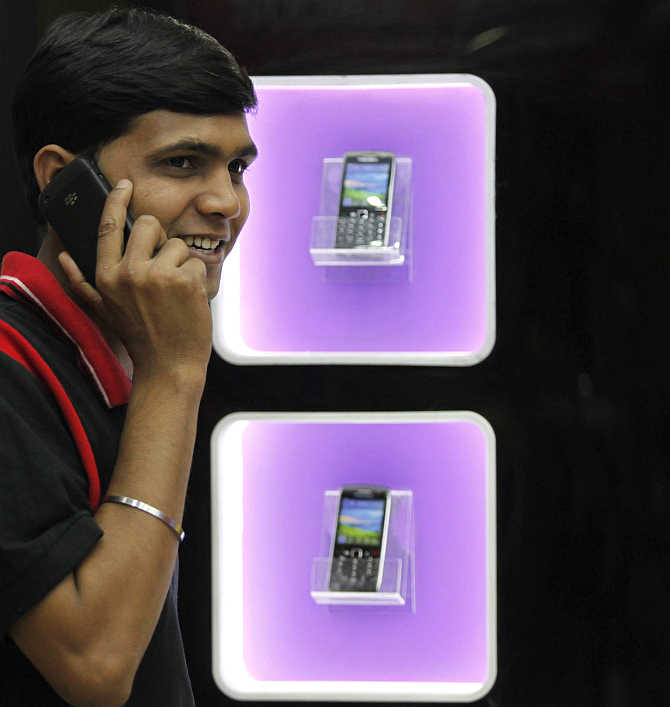
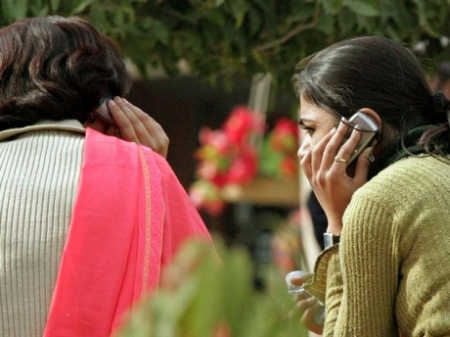
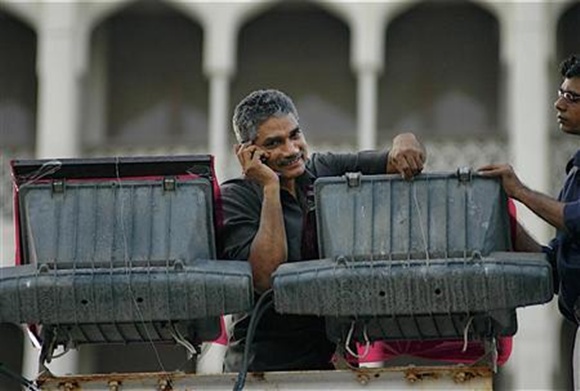
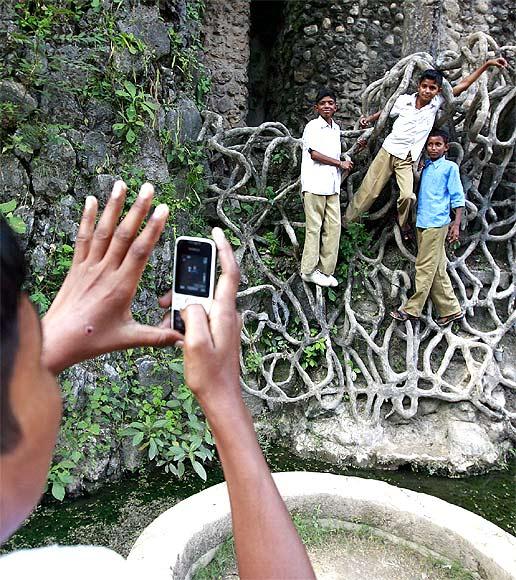
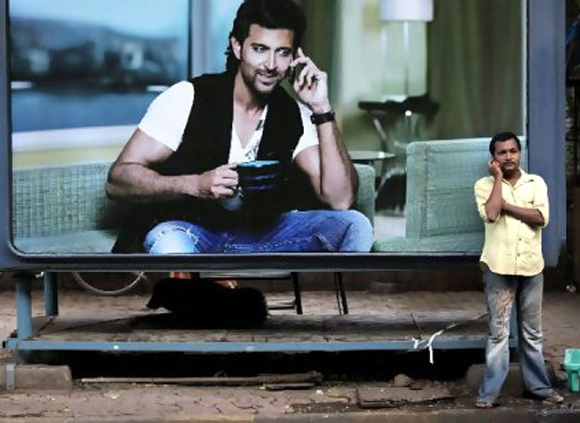

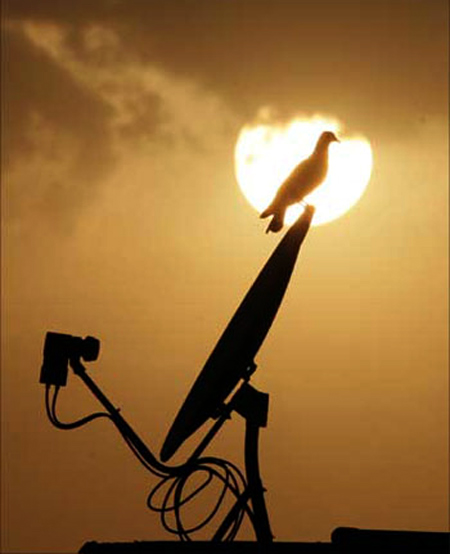
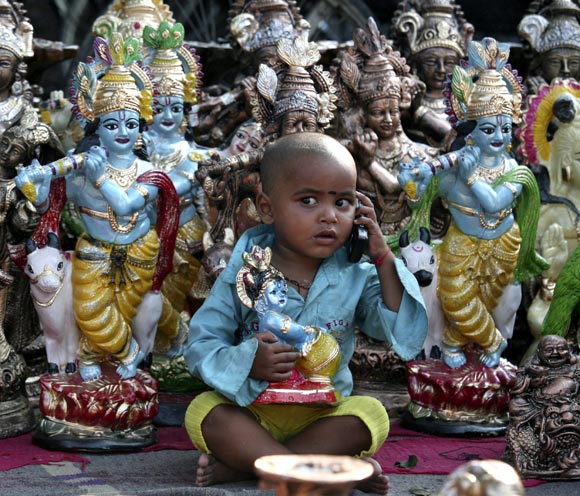

article